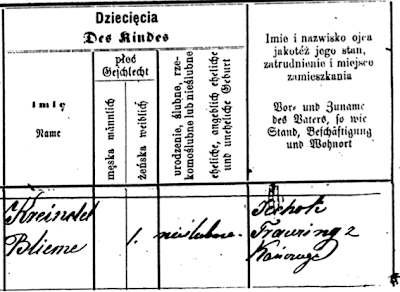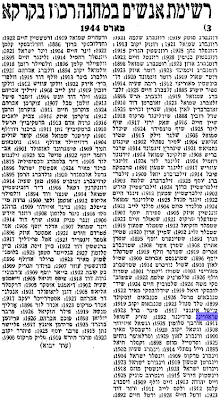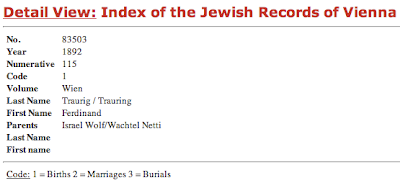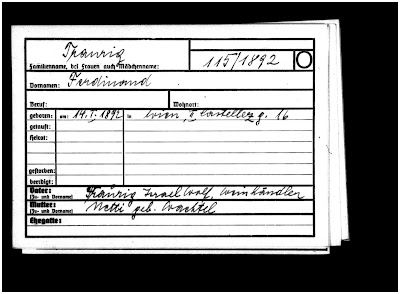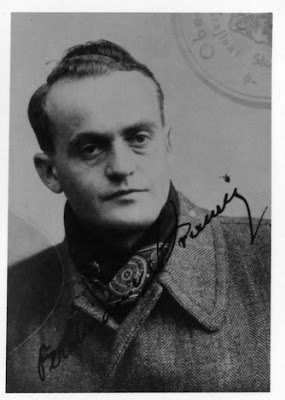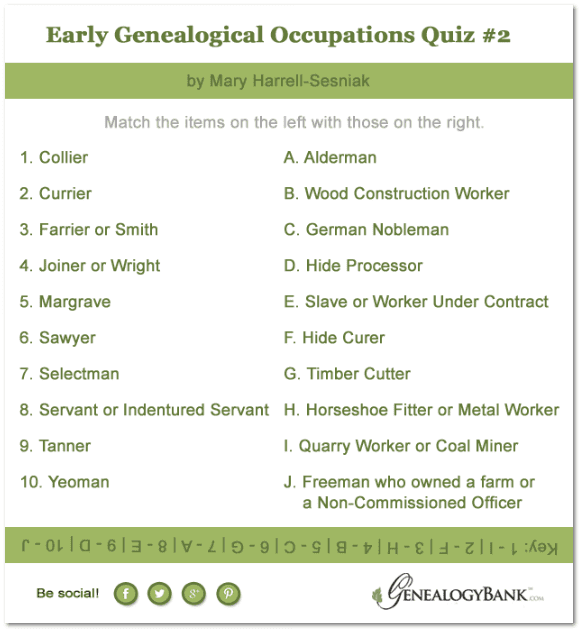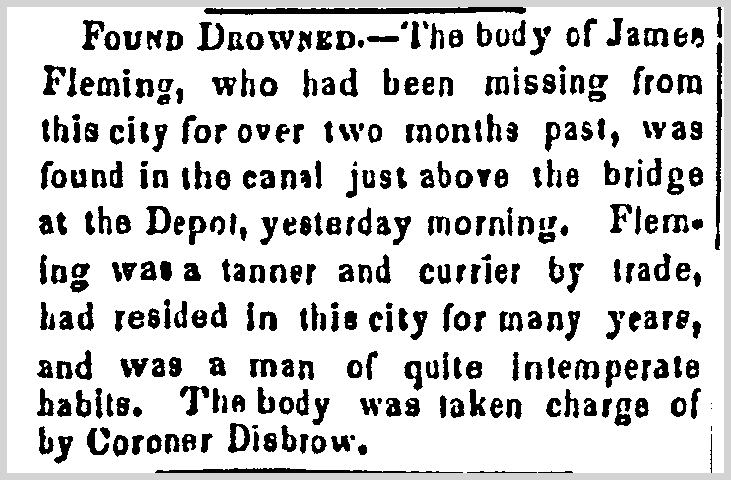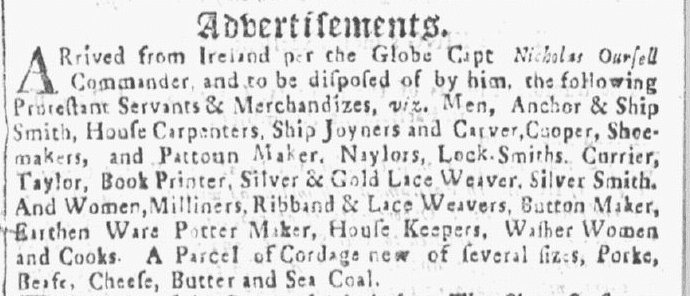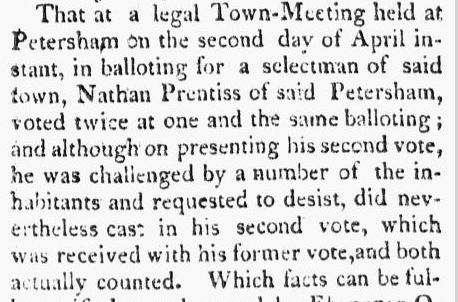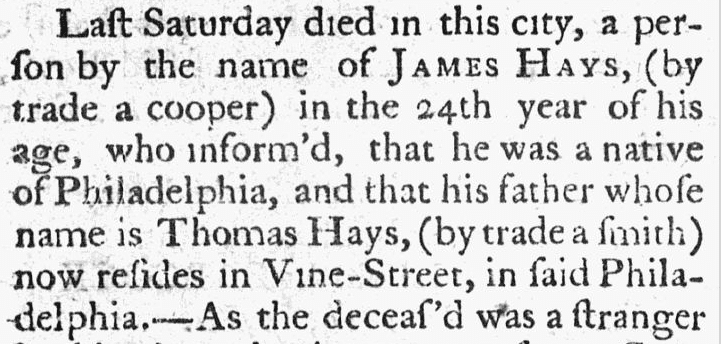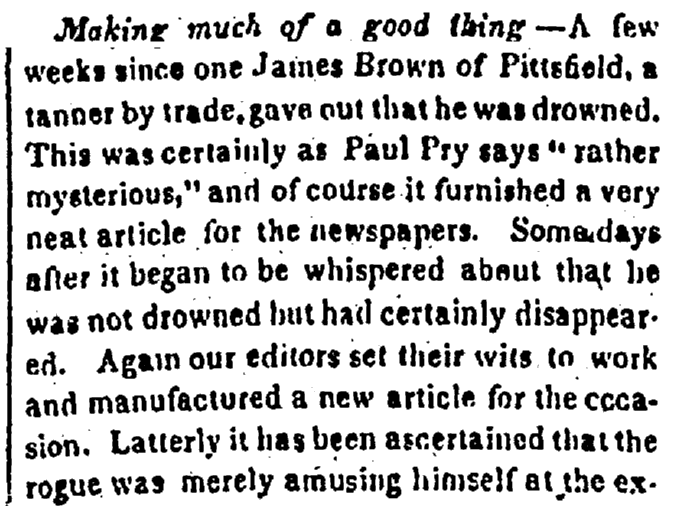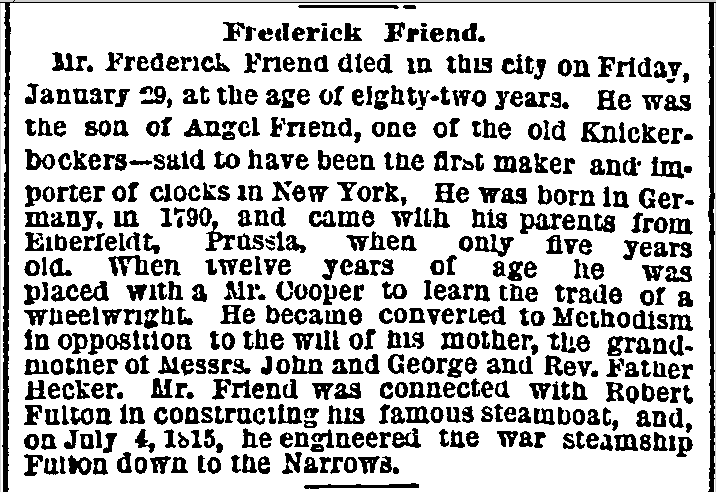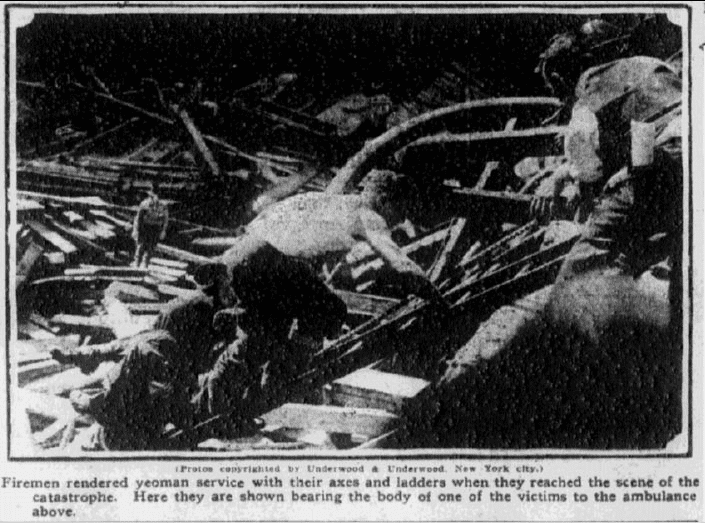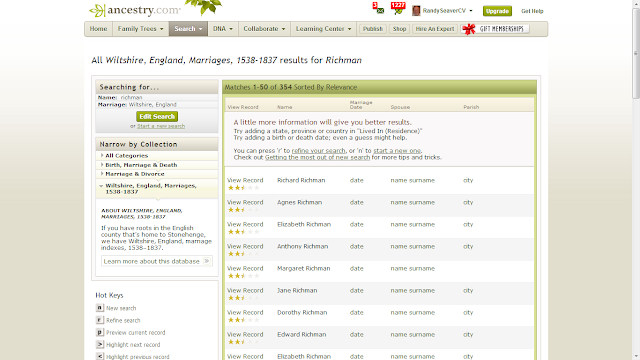Serious genealogical researchers and geneabloggers have lamented the difficulty in accessing the Research Wiki, the Record Collections page, the Research Courses, and more. Not only is the navigation to these pages different, they now require more mouse clicks. For instance:
* James Tanner says " ... if you look at the FamilySearch.org startup page for a while, you will see that there are almost no links to any of the research resources of the website at all except user submitted areas such as photos, family tree and indexing. There are two links to the search screen for Historical Record Collections and other resources, but nothing to tell you what or how to search."
* Lee Drew says: "The little touted but widely acclaimed Research Wiki was hard to find on the old site design but the new design has pushed it farther into the background. In fact, it has been pushed so far out of the stream of relevance that few site visitors will find it. Links to the wiki have gone from two clicks to four."
* DearMYRTLE says: "In this day and age, bookmarks on a specific computer should not be the mainstay for Internet researchers.
"I've heard FS engineers say there is only a small segment of potential users who are serious researchers and that the thrust now is to reach those who have photos and stories."
The new FamilySearch home page requires one mouse click to go to "Family Trees," "Photos" and "Search" (the links on the line with the logo). A click to pick the large image frame and then another click can take the user to their "Fan Chart," "Photos," "Family Tree," "Family Records," "Indexing" or "Live Help."
If a user goes to "Search" or "Family Records," they have to scroll down to the Collections list in order to click on the "Browse All Published Collections" or a locality to get to the Historical Record Collections. Three clicks - it should be ONE! That's two more clicks than before.
Why is that important? Because only some of the historical record collections are searchable from the Search page. I usually start at the Historical Record Collections page rather than the Home page.
To get to the Research Courses (which I do almost every day), I have to click on the "Live Help" button on the Home page, then the "Get Help" button in the image, and then on the "Learning Center" "Take a Course" link. Three clicks - it should be ONE! It used to be two clicks.
To get to the Research Wiki (which I do almost every day), I have to click on the "Live Help" button on the Home page, then the "Get Help" button in the image, then the "Research Assistance" and then the "Visit the Research Wiki" link. Four clicks - it should be ONE! It used to be two clicks.
You get the idea, I hope. My genealogy work life does not need extra clicks (carpal tunnel, anyone?) or time wasted waiting for three or four web pages to load. My work-around is to put all of the important links (to me) in my Bookmarks and go directly to the pages, bypassing the FamilySearch Home page.
What about beginners new to the FamilySearch website? They may be attracted to the beautiful web pages, but what should they do once they get there? Are they expected to thrash around and finally figure out that they should call the 1-866 number at FamilySearch for basic help? Maybe 20% of the beginners will do that, and the other 80% will just think "I don't have time for this."
I work with beginning and experienced researchers in my local society, and most of them will be confused by the burial of really useful links deep in the FamilySearch website. After three years of trying to lead them to the great FamilySearch record collections, Wiki, Courses, Catalog, etc. (and it's not been easy), I'll have to start over. [Aside: I need to totally revamp my "FamilySearch: The Very Best FREE Genealogy Website" presentation now...]
What should be done? I suggested on Google+ yesterday that:
"A simple listing of the major pages on the home page, near the top, would be really useful. Even a two-tier link set where Family Tree, Photos and Search are now located. I want to be able to go to the home page and click once and be in the Family Tree, the Record Search, the Collection page, the Research Wiki, the Research Courses, Getting Started, the Catalog, Indexing, the Blog, etc"
So how hard would it be to satisfy the serious genealogical researchers AND the beginners wanting to add photos and stories to the Family Tree and the FamilySearch web page designers? Would this be feasible:
Yes, just add a ribbon of Links to the FamilySearch pages that are really important to genealogical researchers. Even two lines to add more links. That would make me ecstatic. Oh, I'd like that link ribbon on the major genealogical pages also so that I can go, with one click, to the Library Catalog, or to the Research Wiki, etc.
To answer my rhetorical question: No, I don't think that FamilySearch is de-emphasizing genealogical research. I do think that they've identified Photos and Stories as a way to bring new generations of people interested in their family history, perhaps not genealogists, to FamilySearch and the Family Tree. In that regard, their no different from Ancestry, MyHeritage, Geni, and a number of other online family tree websites that encourage their users to add names, dates, places, stories, photos, etc. to their trees.
Of course, we all hope that those new generations become intrigued by what they find, educate themselves online or in local genealogical societies, and become genealogists. In order for that to happen, there needs to be education on the FamilySearch sites, and that goal should make the Beginners information, the Research Wiki and the Research Courses critical to achieving their goal.
Please, FamilySearch, don't hide your shining lights under a blanket of web page clicks - it's self-defeating.
DearMYRTLE, Russ Worthington, Laurie Haldeman-Lambe and I discussed this yesterday in a Google+ Hangout "Exploring the FamilySearch Redesign" - you can watch it on YouTube at http://www.youtube.com/watch?v=1-rZ_6avvxk&feature=plcp
The URL for this post is: http://www.geneamusings.com/2013/04/is-familysearch-de-emphasizing.html
Copyright (c) 2013, Randall J. Seaver



 Weekly column sharing genealogy-related things I’ve found.
Weekly column sharing genealogy-related things I’ve found. 




